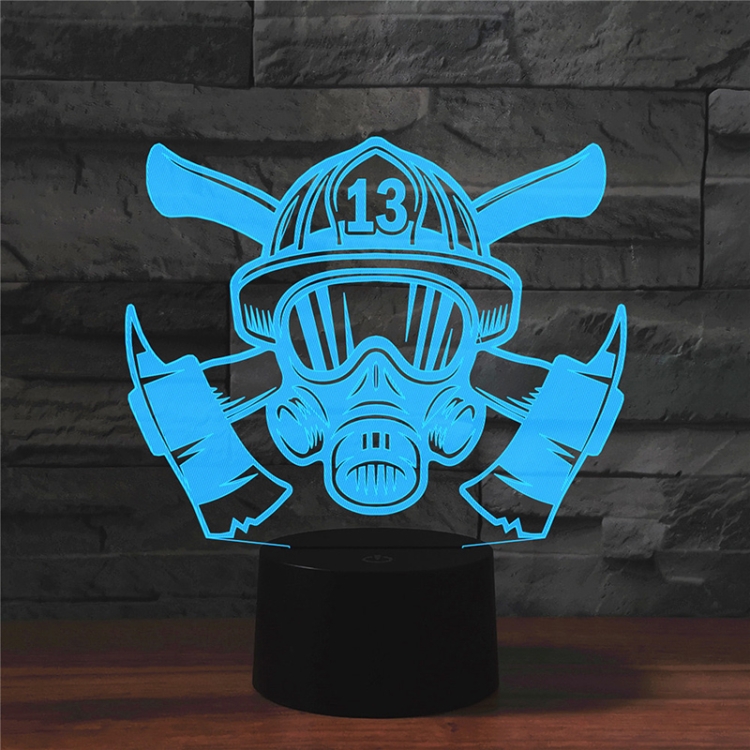

Then, reference plane filtering based on the horizontal and longitudinal reference plane was realized so as to overcome the unevenness of the pavement. Next, the breakpoint interpolation method considering the relationship between ordinate and slope was proposed to complete the missing values from the original pavement data. First, the principal structure and major characteristics of 3D pavement data were analyzed. In order to meet the current pavement intelligent detection and feature parameter extraction requirements, a 3D pavement surface data denoising method based on breakpoint interpolation and reference plane filtering (BI-RPF) is proposed and demonstrated using 3D pavement data acquired by a laser-based 3D imaging system.


Experimental results demonstrate that the proposed path voting approach can effectively infer the cracks from 2D optic images and 3D depth images. Finally, cracks are extracted by using spanning tree and tree pruning algorithms. After path voting, crack seeds are sampled and modeled into a graph, and the edge weights are assigned using an attraction field algorithm. The proposed path voting is performed to segment images, which partitions an image patch along the potential crack path and integrates the path to form a crack probability map. In this paper, a fully automatic path voting method has been proposed and applied for crack detection. However, high-quality initialization often requires human interaction, which limits its applications in practice. Thus, the performance of minimal-path path voting depends on the initialization. The former requires to set a starting point and an end point. Traditional path voting, based on minimal-path, is performed to track paths based on how seeds grow. Path voting is a widely used technique for line structure detection in images.


 0 kommentar(er)
0 kommentar(er)
